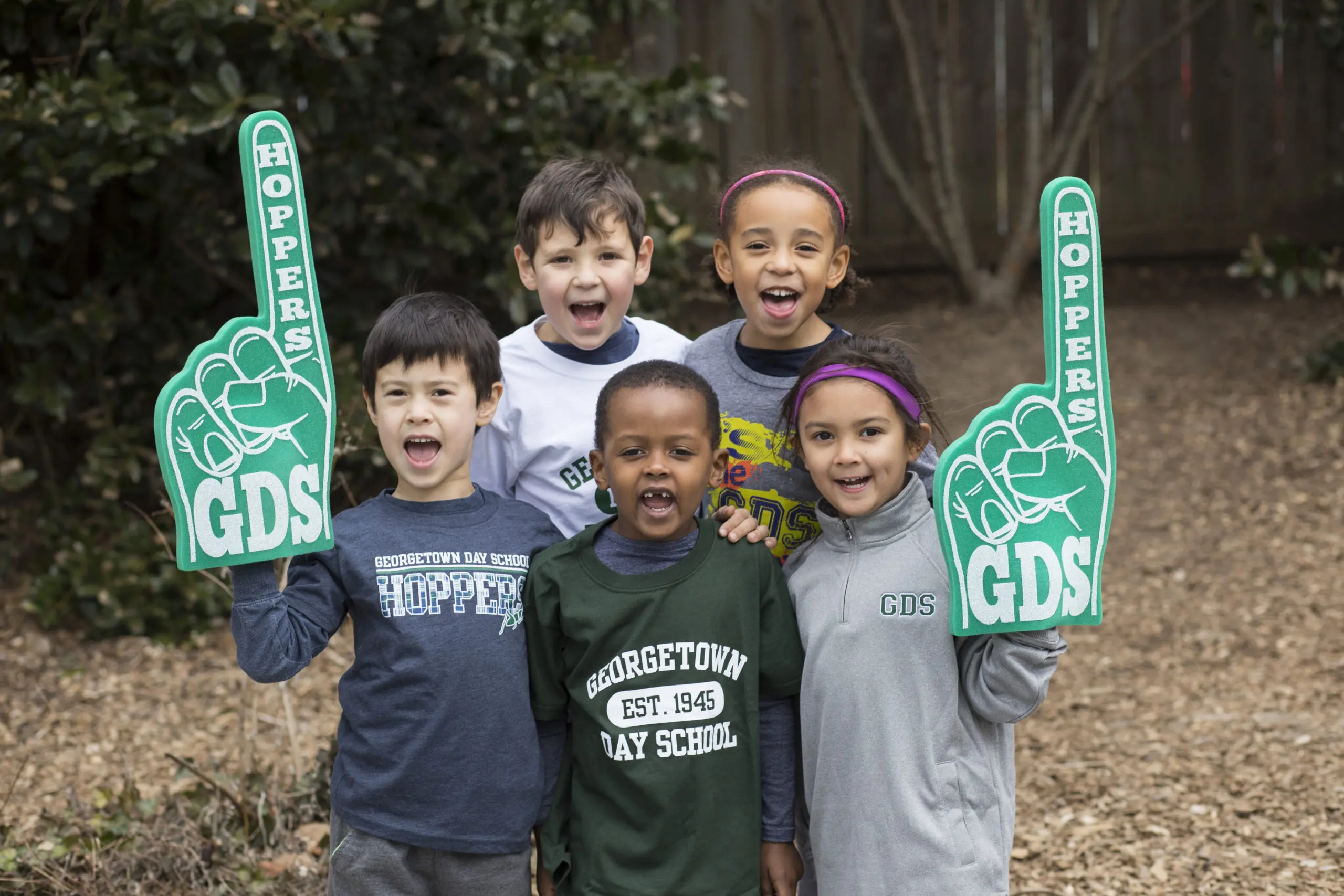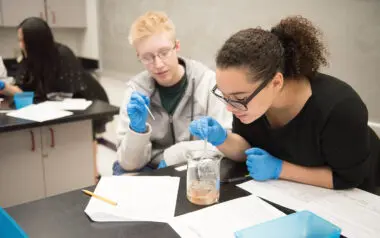Leadership transitions, especially at the independent school Head level, have been unprecedented in recent years. In March 2022, NAIS conducted a Snapshot Survey on Head Turnover where they found that over two-thirds of schools have had one or two new heads in the last ten years. With new leadership comes the opportunity to chart a new strategic course, and when done right, the process gives new leaders unparalleled opportunity to convene and engage the school community to develop a shared vision.
As the end of summer approaches (far too fast), independent school teams are putting the finishing touches on their fundraising plans for the coming year. Whether they have a new Head of School or are working with a long-term leader, in addition to designing the FY23 strategy for annual giving, major and planned gifts, and alumni and parent engagement over the summer, many will also begin developing a long-range plan and preparing for a significant campaign. Establishing clear strategic priorities with broad community support is imperative to translating a nascent vision into campaign success.
Recently, CCS partnered with The Cambridge School of Weston (CSW), an independent coeducational day and boarding high school in Weston, MA, to conduct a school-wide strategic priority development process that united the community around a compelling vision for the school’s future. CSW’s Head of School, Lise Charlier, stepped into her role in 2019 and skillfully led the school through the Covid-19 pandemic. As students returned to campus and restrictions loosened, Charlier and CSW’s Board of Trustees began thinking about the school’s next steps. In a multi-pronged approach, CCS worked with CSW to create comprehensive buy-in for the school’s strategic priorities and build the framework for a compelling campaign case for support.
Vision & Case Development Task Force
To help Charlier and school leadership further develop a cohesive vision and case for support for CSW, CCS convened a Vision & Case Development Task Force of 12 trustees, current parents, past parents, and alumni three times over the course of two months. First, this group participated in generative breakout group discussions about CSW’s future:
- “What is important for CSW to achieve in five years?”
- “Why is this important?”
- “How will this strengthen the student experience?”
From these discussions, four key long-term priorities and themes rose to the top: access, sustainability, community, and innovation. The group then zoomed in on each priority and answered the following questions:
- “Why is this theme critical?”
- “What philanthropic initiatives would be required to achieve this vision?”
- “What collateral does CSW need to tell the story of this priority?”
The Task Force was instrumental in building an initial framework for long-term planning and outlining the steps needed to achieve success.
Board of Trustees Visioning Session
Following the completion of the Task Force’s work, we presented the key takeaways and themes from the group’s discussions to the Board of Trustees to frame a discussion around developing CSW’s strategic priorities for the next five years. In small groups, trustees discussed CSW’s strengths and opportunities for growth and improvement. They also each shared their vision for CSW five years from now, what is needed to achieve this vision, and the impact this vision would have on the student experience. The full group reconvened to share takeaways and noted that many themes aligned with the Task Force’s findings.
Faculty and Staff Visioning Session
We convened CSW’s full faculty and staff to share about the work to date, provide an overview of campaign planning and execution, and outline the steps needed for campaign success. We explained the importance of input from CSW’s faculty and staff when developing strategic priorities and a strong campaign plan. In breakout groups, teachers and administrators discussed the same questions the trustees addressed in their visioning session. When each group shared its vision for CSW’s future, there was broad consensus among the Trustees and Task Force.
The strategic conversations between CCS and CSW are exactly what schools need to achieve their long-term goals. While it’s difficult to set aside time to garner community buy-in and support, it’s essential to the success of both a strategic vision and a campaign. Schools must engage in the difficult, but essential work of building support ahead of major initiatives to maximize engagement amongst key stakeholders.
Ann Snyder, Senior Director of Communities Engagement, Council for Advancement and Support of Education (CASE)
Following these sessions, we assembled and reviewed all discussion notes and confirmed the clear alignment on CSW’s vision and priorities among the Task Force, trustees, and faculty and staff. This led to the creation of three strategic priorities and funding opportunities for a significant comprehensive campaign:
- Support and grow CSW’s community through increased financial aid, faculty development, and innovative partnerships
- Enhance CSW’s campus to fuel student and faculty work through increased environmental sustainability, greater physical accessibility, and enhanced buildings and community spaces
- Secure CSW’s future and impact through growing the endowment to ensure financial sustainability and flexibility
CCS and CSW are now partnering on a Campaign Planning Study to gather feedback from 50+ community members about these priorities and the proposed campaign plans. So far, there has been widespread support for these priorities. We will continue these conversations over the coming weeks and present our recommendations for next steps to the Board of Trustees in September.
Lessons Learned
- Community buy-in is essential. Asking for input from different constituencies was essential to build trust and comprehensive understanding of the vision for CSW’s future. Each group’s feedback also helped build out the nuanced details for each strategic priority.
- Strategic priority development takes time. This multi-stepped approach required careful planning and dedicated time to be successful. Planning ahead and building in extra time for priority development is essential for a strong campaign design.
- Early faculty and staff involvement builds strong partnerships. In our Campaign Planning Study conversations with faculty and staff, they have all expressed strong support for the proposed tenets of the campaign and have enthusiastically volunteered to help in donor cultivation and solicitation. Involving faculty and staff early in the campaign planning process creates buy-in and a willingness to help achieve campaign success.
We look forward to continuing our partnership with CSW to design a strong, phased, comprehensive campaign to help achieve the school’s vision and long-term goals.
More Insights
How Donor-Advised Funds Shape Giving in Economic Downturns
Donor-advised funds (DAFs) have proven to be remarkably resilient in turbulent markets, but not all nonprofits benefit equally.
Strategic Fundraising Planning Using a ‘Balcony and Front Row’ Framework
Discover a practical framework that turns strategic plans into focused, donor-ready priorities to strengthen alignment and accelerate fundraising success.
Case Studies

Georgetown Day School
Mid-Atlantic and Southeast US
Georgetown Day School (GDS) embarked on a campaign to unify its campus, bolster its financial aid program, and enhance programs through the Annual Fund. GDS engaged CCS to conduct a development assessment, planning study, and campaign. The campaign is on track to exceed the $50M goal.

Thomas Jefferson School
Central US
CCS partnered with Thomas Jefferson School to launch the school’s first major fundraising campaign. As the COVID-19 pandemic struck, CCS advised Thomas Jefferson on how to address immediate needs, evolve its campaign strategy, and maintain fundraising.